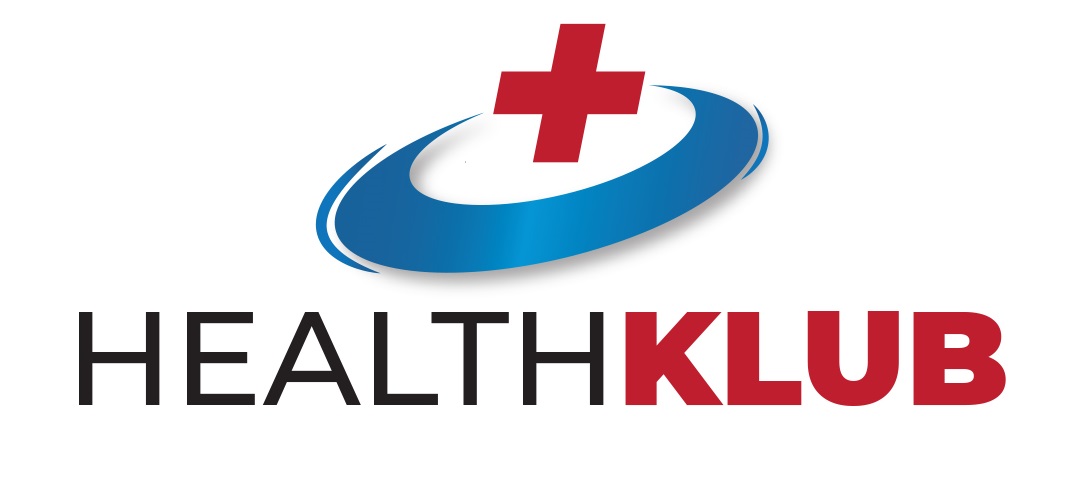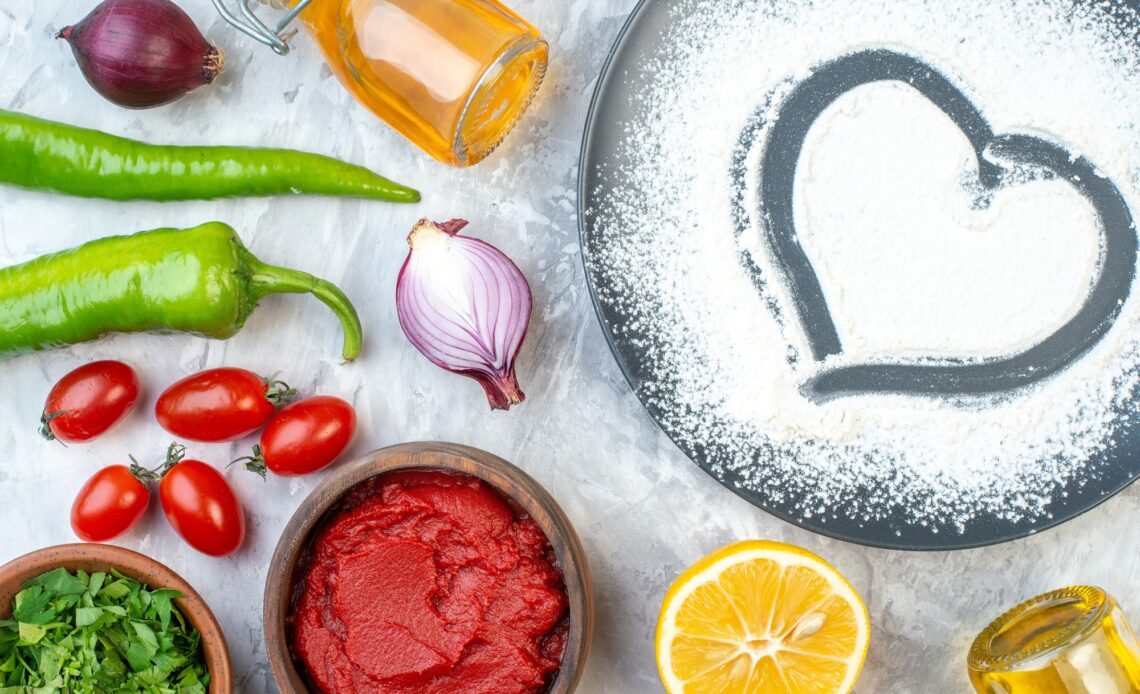Understanding Sodium and Its Role in the Body
Sodium is an essential mineral that plays a key role in maintaining fluid balance, regulating blood pressure, and supporting proper muscle and nerve function. Although necessary, many modern diets include excessive sodium, primarily from processed foods and restaurant meals, which can lead to health problems.
The body requires a careful balance of sodium and other electrolytes to keep cells hydrated and functioning properly. Consuming too much sodium can upset this balance, causing fluid retention and elevated blood pressure which can increase the risk of kidney disease.
For most adults, the recommended daily sodium intake is about 2,300 milligrams—approximately one teaspoon of salt. People with conditions like hypertension may need to limit their intake even further. Being aware of sodium’s role and monitoring your consumption is important for maintaining good health.
The Connection between Sodium and Blood Pressure
A well-established link exists between sodium intake and blood pressure. High sodium intake makes it harder for the kidneys to expel excess fluid, leading to fluid retention that puts extra pressure on blood vessels, forcing the heart to work harder. Over time, this can damage blood vessels, the heart, resulting in cardiovascular problems and kidney problem.
Reducing sodium intake can significantly lower blood pressure and reduce the risk of heart disease and stroke. Managing your sodium consumption is a proactive way to maintain cardiovascular health.

Common ‘Healthy’ Foods High in Sodium
Many foods marketed as “healthy” can be high in sodium, often because they focus on low calories or fat but hide added salt.
- Canned Vegetables and Soups: Despite being a convenient choice for quick meals, canned products often contain added salt. Opt for low-sodium versions or rinse canned vegetables before use.
- Whole-grain Bread and Cereals: While whole grains are a healthier choice, some breads and cereals can contain significant sodium levels which may contribute to heart disease. Always check the label to compare sodium content.
- Salad Dressings and Sauces: These can add flavor but also pack a sodium punch. Consider making your own dressings at home using herbs and spices for flavor.
Recognizing these hidden sodium sources is key to managing your intake and making choices that support your dietary goals.
Reading Nutrition Labels: What to Look For
Understanding nutrition labels is vital for managing sodium intake and making informed food choices.
- Sodium Content: Check the sodium content per serving and consider how many servings you consume. A food is considered low in sodium if it contains 140 mg or less per serving.
- Percent Daily Value (%DV): This figure indicates how much a nutrient in a serving of food contributes to a daily diet. A %DV of 5% or less is low, while 20% or more is high. Aim for lower %DV for sodium.
- Ingredients List: Ingredients are listed in order of quantity. Be wary of items with salt or sodium compounds (such as sodium benzoate or monosodium glutamate) high on the list.
Learning to read labels helps you better control sodium intake and support blood pressure goals.
The Impact of Processed Foods on Sodium Intake
Processed foods are a major source of hidden sodium. These foods often contain added sodium for flavor, preservation, and texture enhancement, contributing significantly to daily intake.
Fast foods, frozen meals, and packaged snacks are particularly notorious for their high sodium content. These foods are convenient but often come at the cost of increased sodium and other additives. Regular consumption can quickly exceed recommended sodium limits, posing health risks.
Reducing reliance on processed foods can substantially decrease sodium intake. Preparing meals at home using fresh ingredients allows you to control the amount of sodium added during cooking. This approach not only helps manage sodium levels but also enhances the nutritional quality of your diet.
Strategies for Reducing Sodium in Your Diet
Reducing sodium is key to maintaining healthy blood pressure. Try these tips:
- Cook at Home: Preparing meals at home allows you to control the amount of salt added. Use herbs, spices, and citrus to enhance flavor without sodium.
- Choose Fresh Foods: Fresh fruits, vegetables, and lean proteins are naturally low in sodium. Incorporate more of these into your diet to help balance your intake.
- Limit Processed Foods: Reduce your consumption of processed and packaged foods. When you do opt for these, choose low-sodium versions and check the labels carefully.
Implementing these strategies can lead to significant reductions in sodium intake, promoting better overall health and blood pressure management.

Alternatives to High-Sodium Foods
Finding alternatives to high-sodium foods is an effective way to manage your intake while still enjoying flavorful meals. Consider these substitutions:
- Salt-Free Seasonings: Use blends of herbs and spices to add flavor without sodium. Options like garlic powder, onion powder, and fresh herbs can enhance dishes.
- Low-Sodium Broths and Stocks: These can replace regular versions in soups and stews, cutting sodium without sacrificing taste.
- Homemade Dressings and Sauces: Making these at home allows you to control sodium levels. Use olive oil, vinegar, and mustard as bases for flavorful, low-sodium options.
By incorporating these alternatives, you can enjoy delicious meals that support your health goals.
The Importance of Balanced Nutrition for Blood Pressure Management
Balanced diet is key to managing blood pressure and supporting heart health. A diet rich in fruits, vegetables, whole grains, and lean proteins provides essential nutrients such as:
- Potassium-Rich Foods: Potassium helps counteract the effects of sodium and can help lower blood pressure. Bananas, sweet potatoes, and spinach are excellent sources.
- Omega-3Fatty Acids: Found in fish like salmon and mackerel, these healthy fats support heart health and can help reduce inflammation.
- Fiber-Rich Foods: Whole grains, legumes, and vegetables provide fiber, which supports heart health and helps manage blood pressure.
Incorporating these elements into your diet can help create a balanced nutritional plan that promotes healthy blood pressure and overall well-being.
Conclusion
Understanding the hidden sodium in your diet is crucial for making informed dietary choices. By being mindful of sodium content, reading nutrition labels, and opting for fresh, whole foods, you can significantly reduce your sodium intake and support your cardiovascular health.
Embrace a lifestyle that prioritizes balanced nutrition and empowers you to take control of your dietary habits. Making informed choices can lead to improved health outcomes and a better quality of life.


